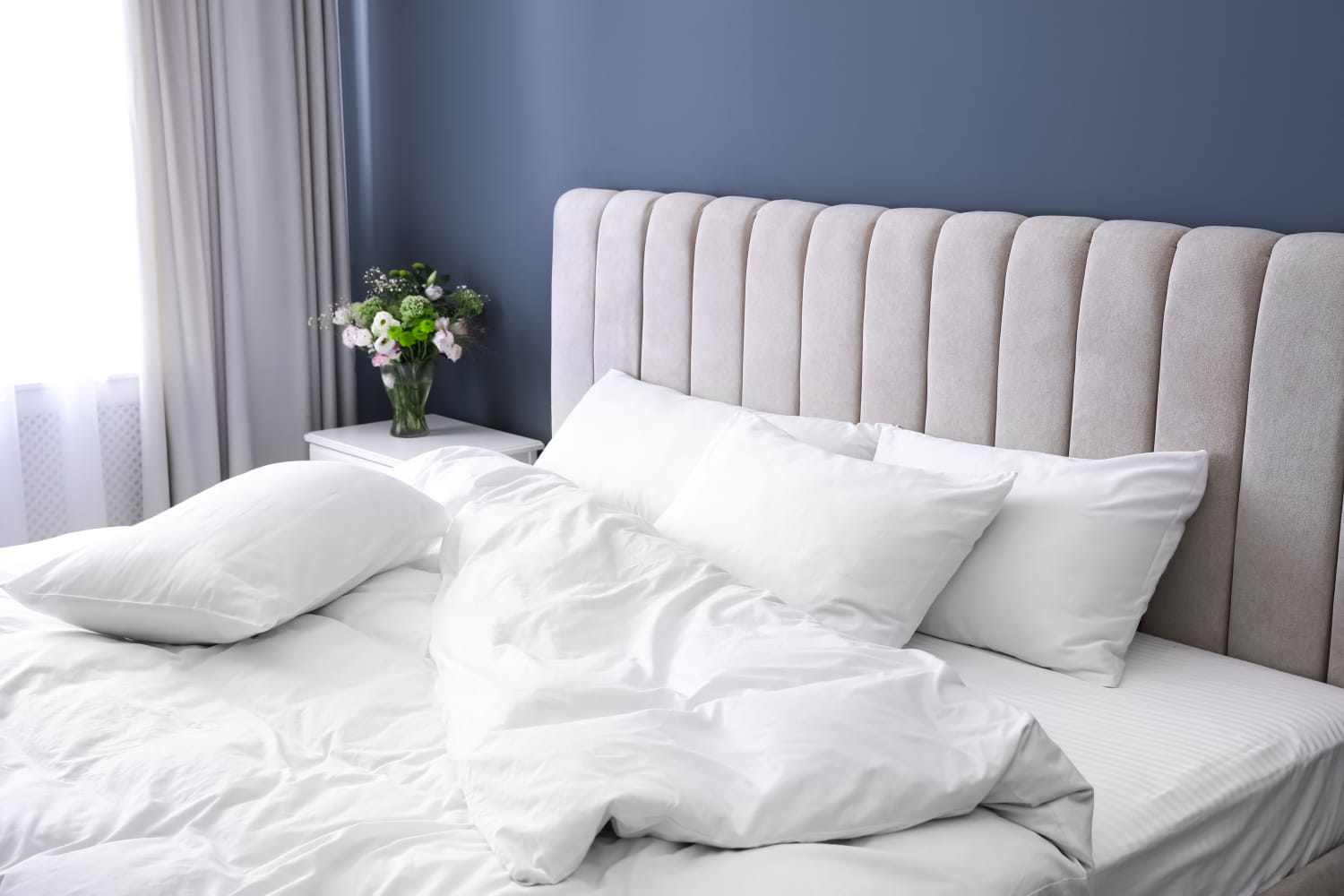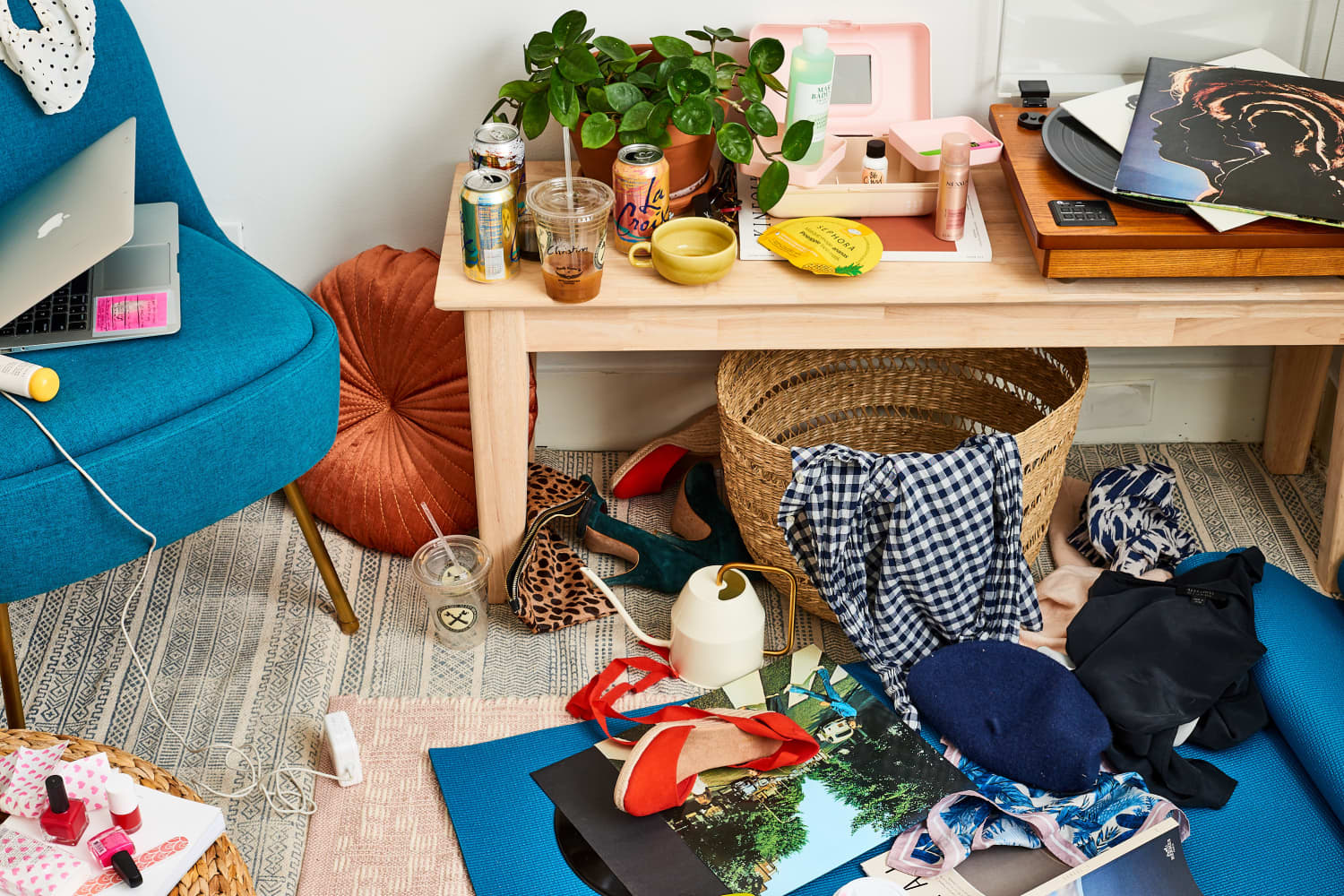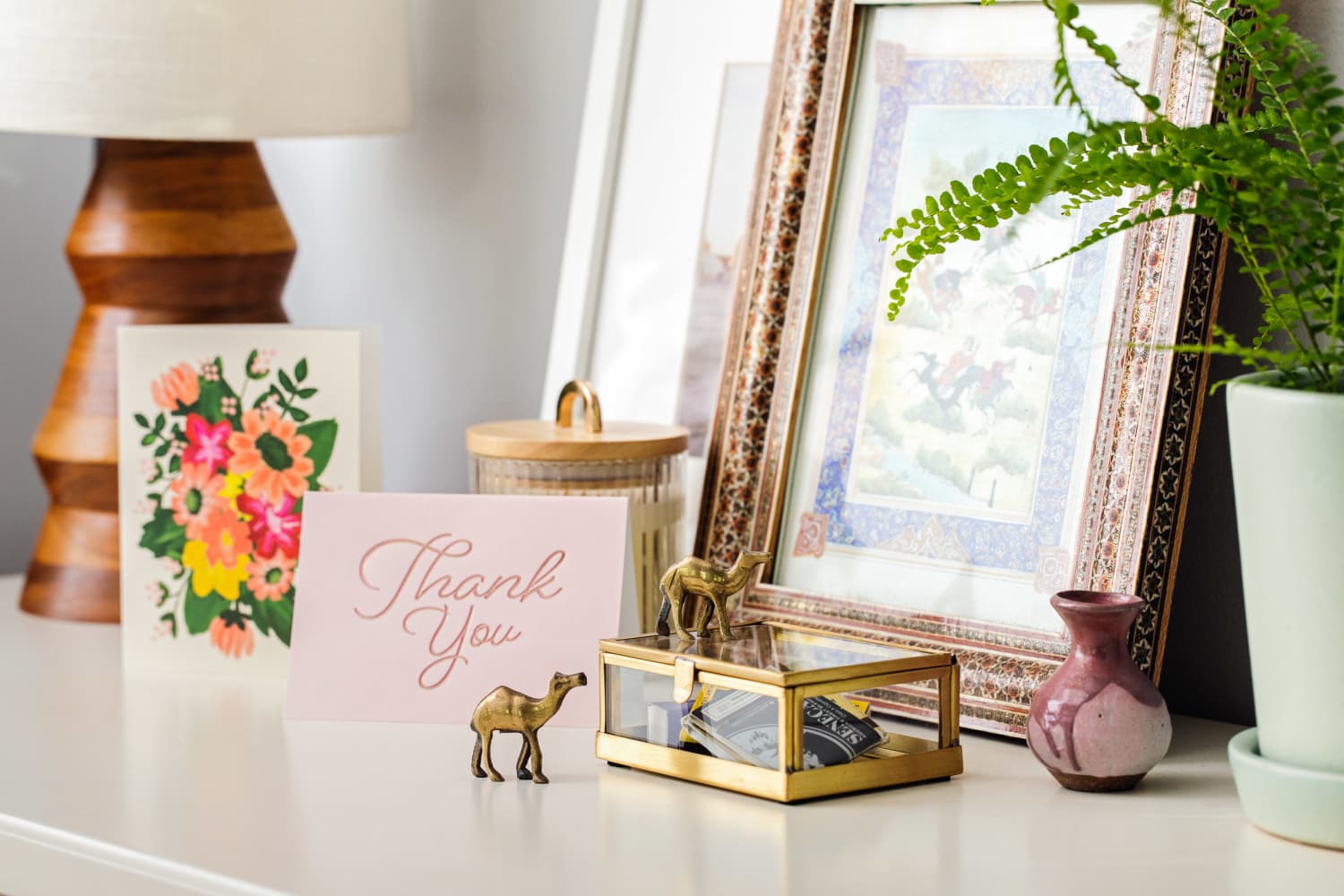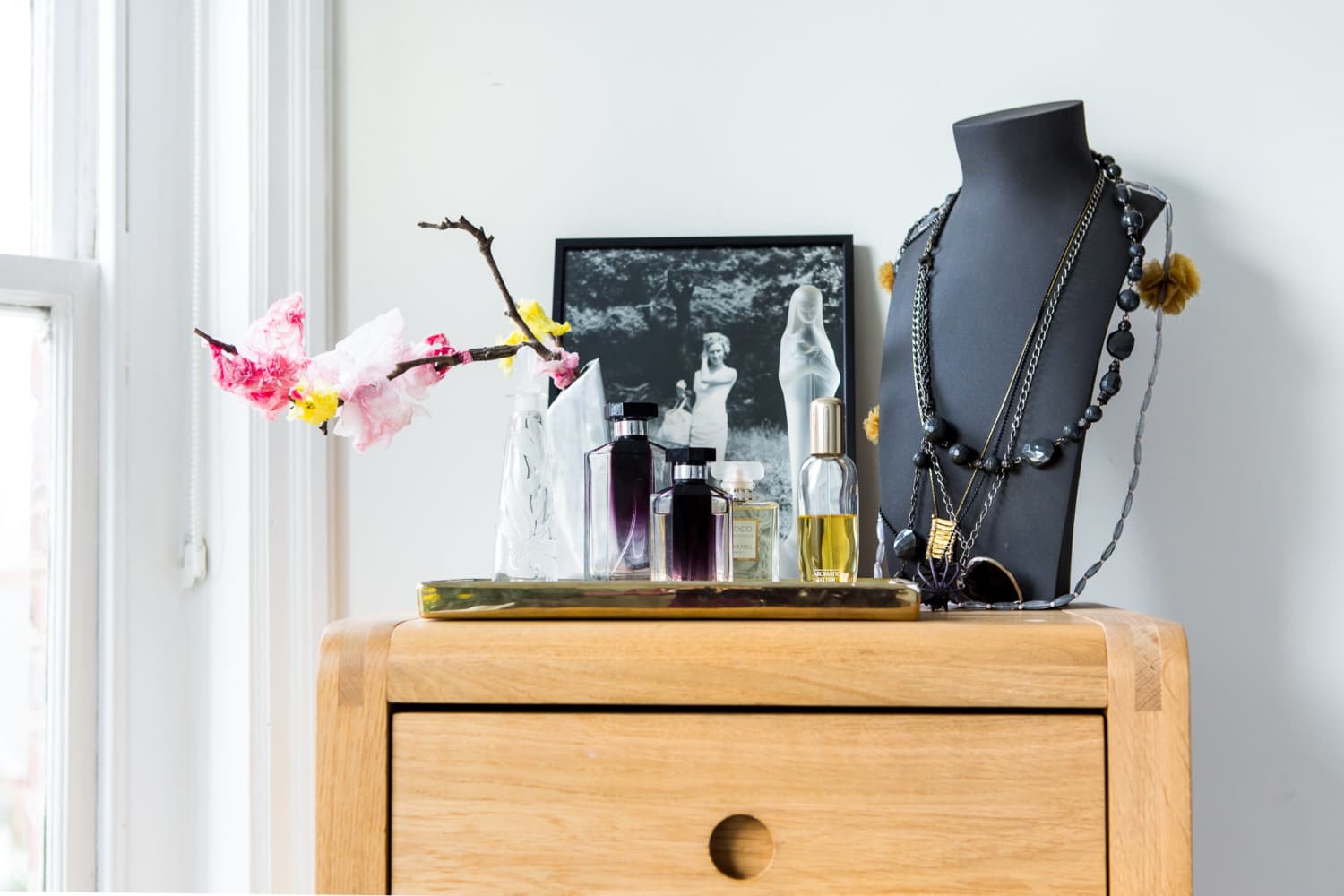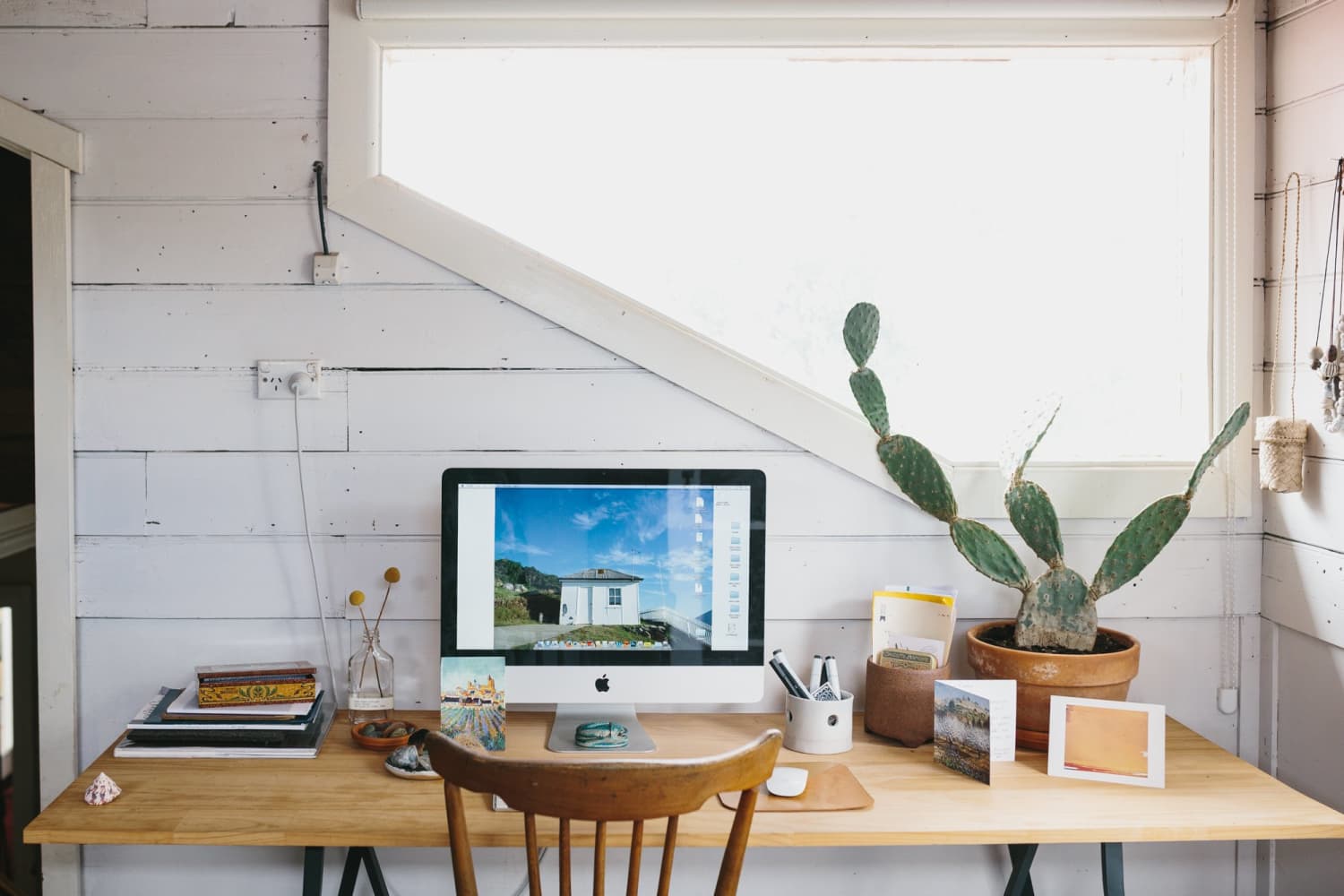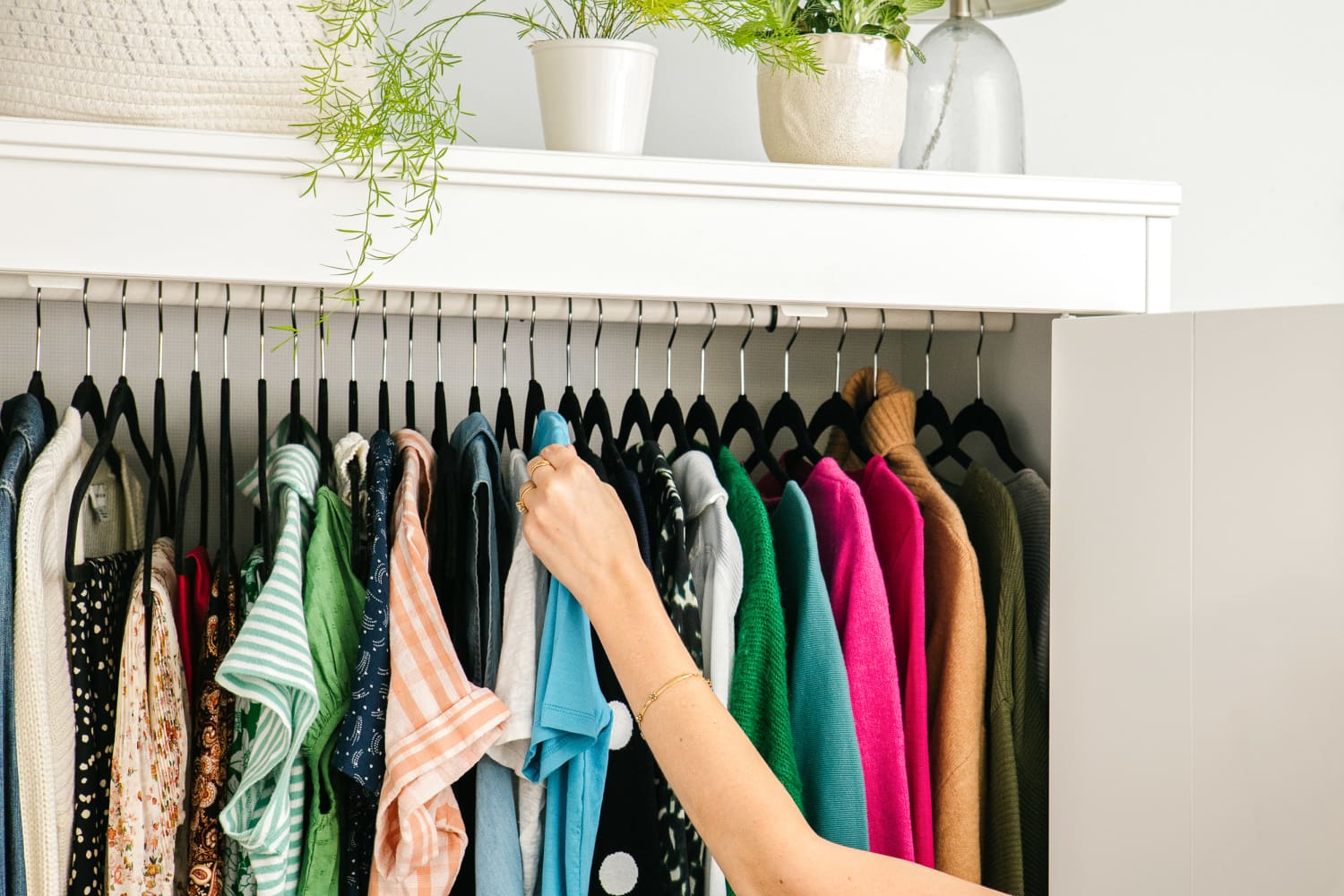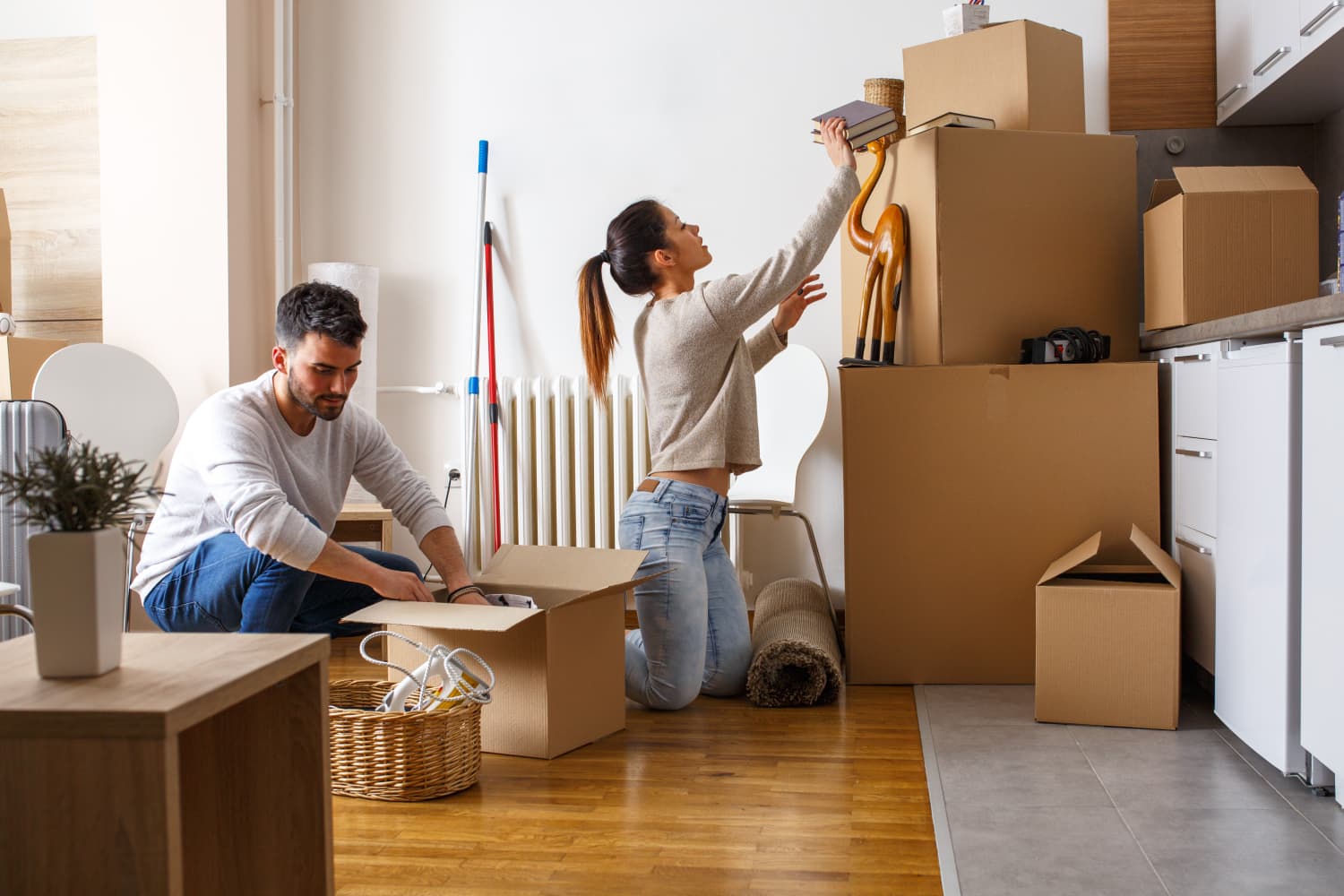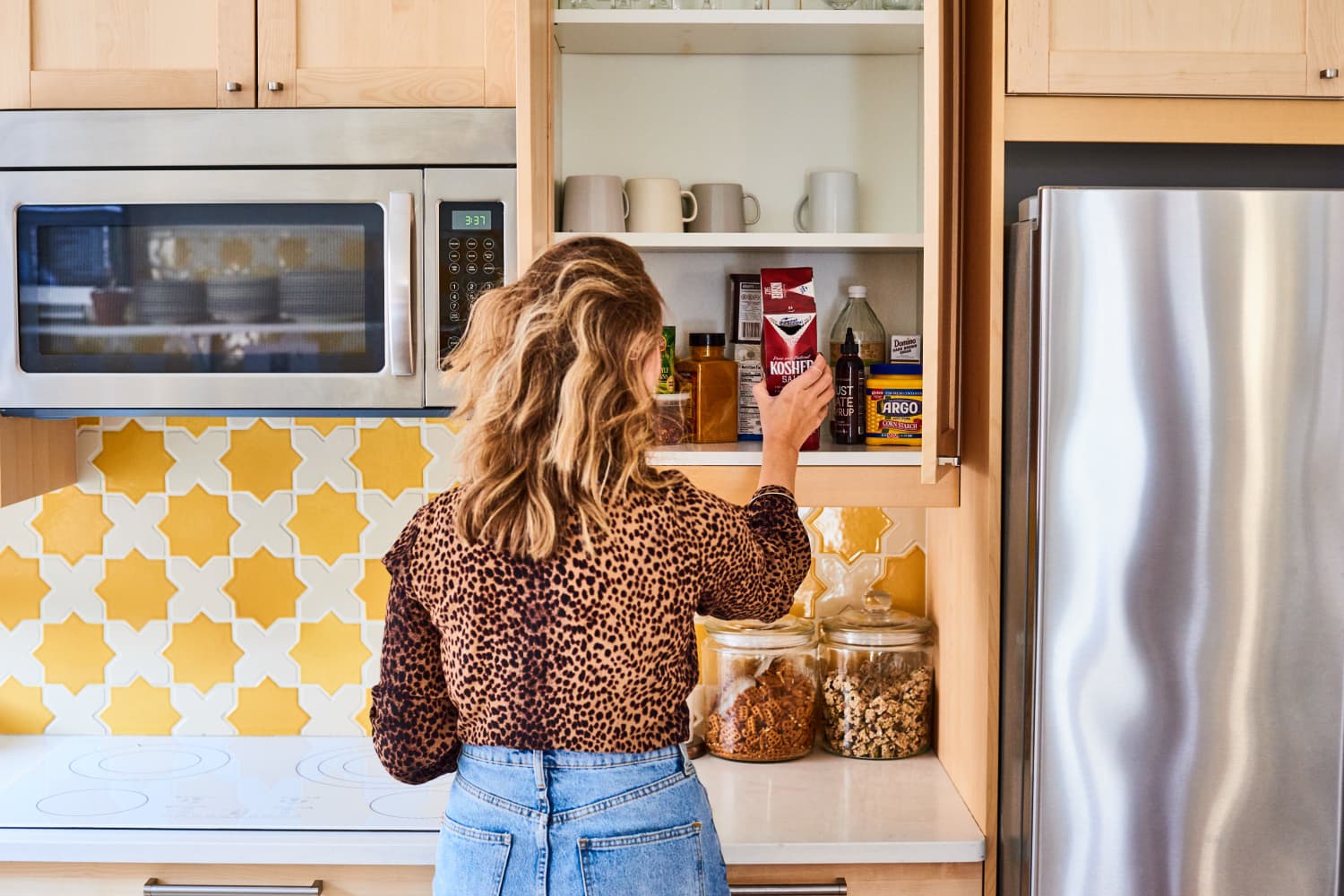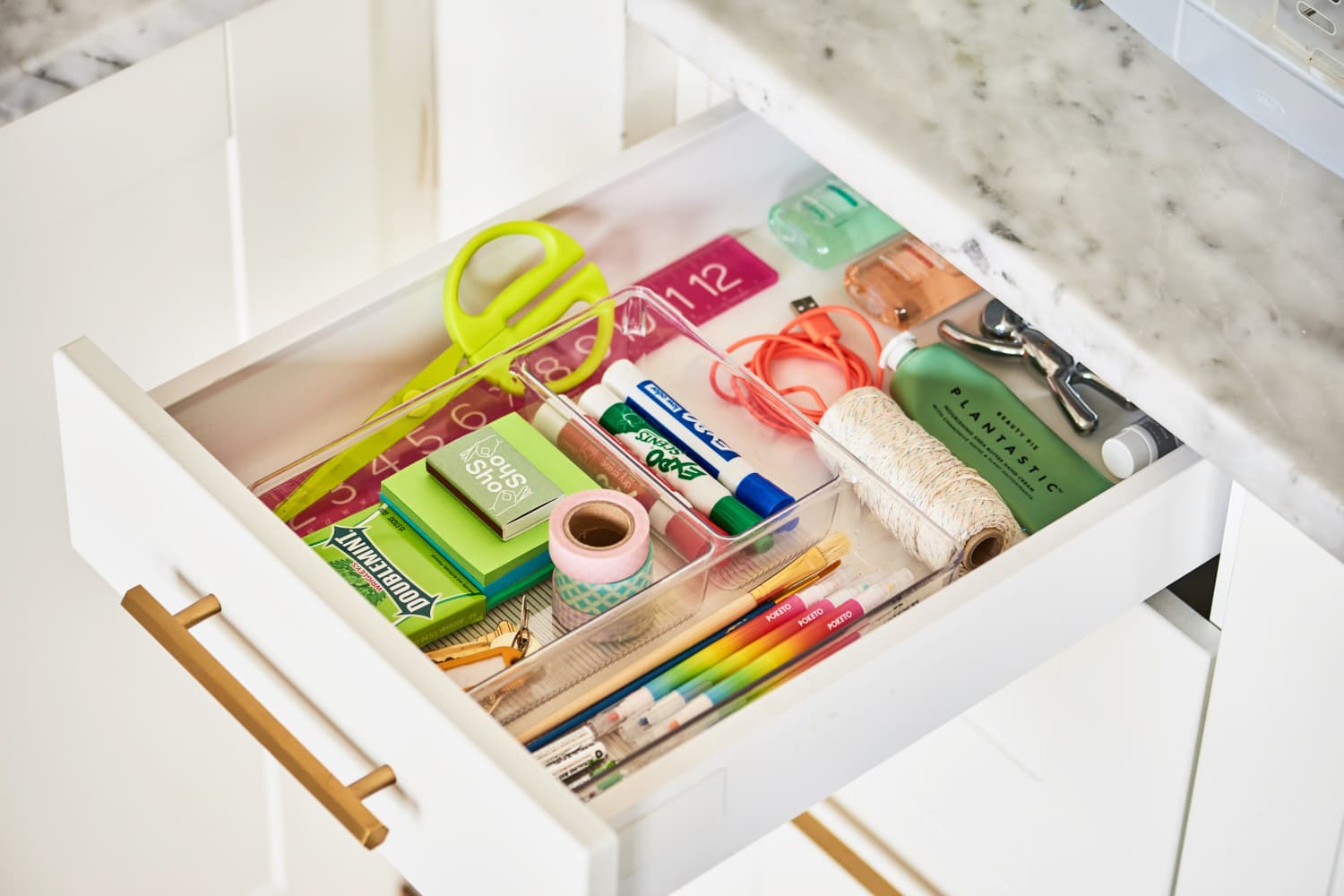How to Declutter Your Home After a Breakup
One thing I wasn’t prepared for after ending my four-year relationship was going back to living in my one-bedroom apartment alone. After living together for the last two years, I’d hoped we were creating a home out of an apartment that was once mine. For more content like this follow Organize & Clean No one … Read more

